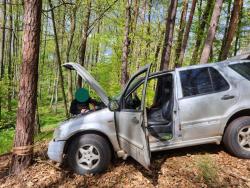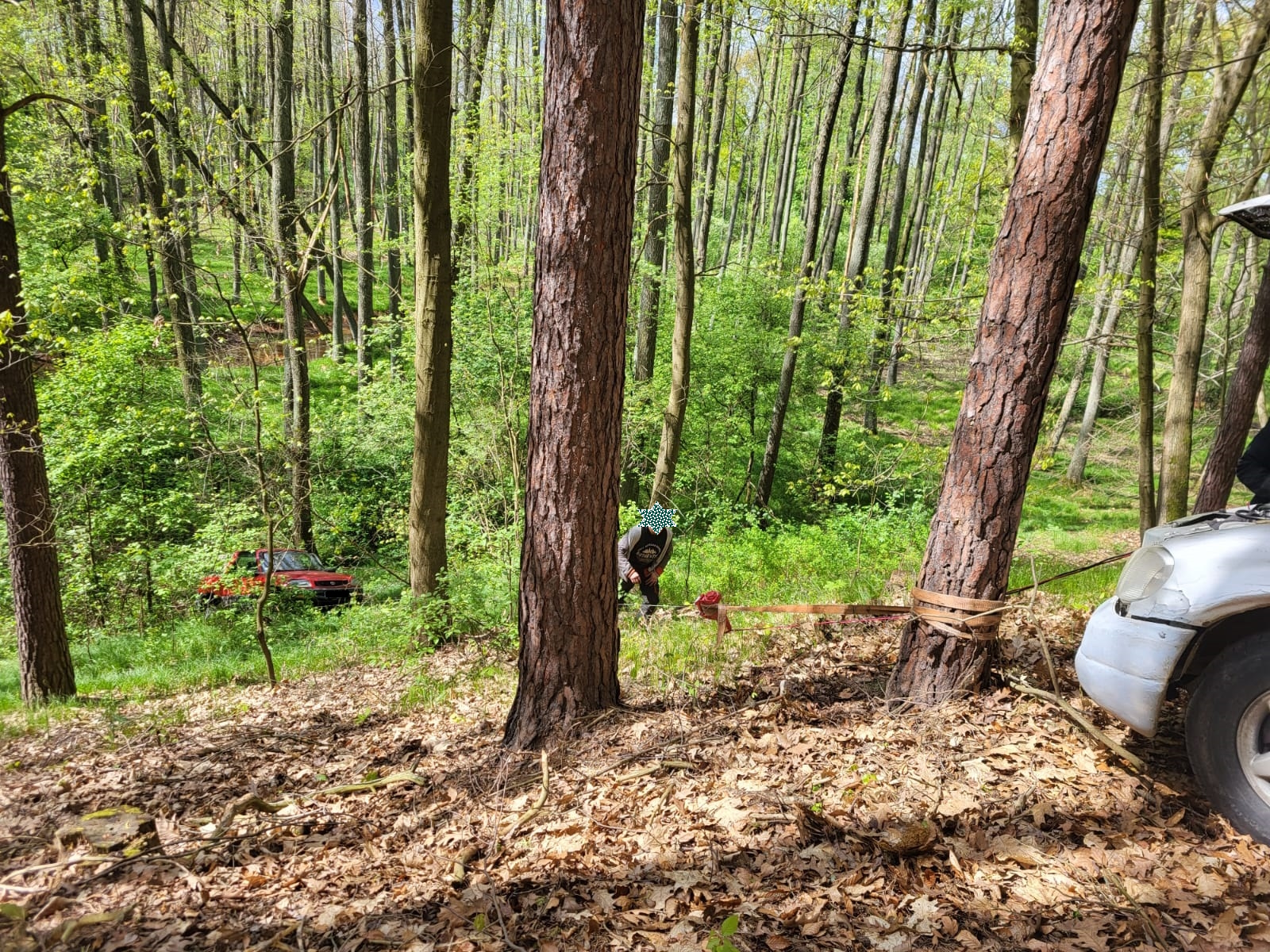 Asset Publisher
Asset Publisher
Polish forests
Poland is in the European lead, while concerning the area of all forests. They cover about 29,2 % of the country territory, and grow within the area of 9,1 million hectares. The overwhelming majority of the forests is state owned, of which almost 7,6 million hectares are managed by the State Forests National Forest Holding..
The number of Polish forest is still growing. The forestation rate of the country has increased from 21 % in 1945 to 29,2 % at the moment. Between 1995 and 2008, the forest area increased by 310 thousand ha. The basis for afforestation works is the "National Programme for Increasing the Forest Cover" (KPZL), assuming an increase of the forestation rate up to 30 % by 2020 and up to 33 % by 2050. Polish forests abound in flora, fauna and fungi. 65 % of the total number of animal species live there.
The forests grow in our country on poor soils, mainly because of the development of the agriculture in previous years. It influences the distribution of the types of the forest sites in Poland. Over 55 % of the forest areas is covered with coniferous forests. In other areas, there are forest sites, mainly the mixed ones. Their small part constitute alder and riparian forests – not more than 3 %.
In the years 1945 – 2011 the area of natural deciduous tree stands within the area of the State Forests National Forest Holding increased from 13 to 28,2 %.
Within the lowlands and uplands the most often occurring tee species is pine. It covers 64,3 % of the forest area of the State Forests National Forest Holding and 57,7 % of private and commune forests. In the mountains the predominant species is European spruce ( in the west) and European spruce with beech (in the east). Domination of pine is the result of carrying on sustainable forest management in the past. Once, the monocultures (crops or cultivations of one species) were the answer to the great demand of industry for wood. Such forests appeared to be quite fragile to climatic factors. They also were often the prey of pests' expansion.
In Polish forests, the share of other tree species, especially deciduous trees have been systematically increasing. The foresters have stepped aside from monocultures – that is why, they try to fit specific species of the forest stand to the natural stand, that would be proper for the given area. Thanks to that, in the years 1945 – 2011, the area of the deciduous tree stands within the lands of the State Forests National Forest Holding increased from 13 to 28,2 %. There occur more and more frequently the following tree species: oaks, ashes, maples, sycamore maples, elms, but also birches, beeches, alders, poplars, hornbeams, aspens, tilias and willows.
Our forests are the most often represented by the forest stands aged 40 to 80 years. The average age of the forest equals 60 years. More and more trees are of big size at the age over 80 years. Since the end of the Second World War, the forests' area has increased up to almost 1,85 million hectares.
Raport o stanie lasów w Polsce 2012
 Asset Publisher
Asset Publisher
Nielegalny off-road w lesie
Nielegalny off-road w lesie
 Zatrzymany pojazd foto. Straż Leśna N-ctwo Wymiarki
Zatrzymany pojazd foto. Straż Leśna N-ctwo Wymiarki
 Zatrzymany pojazd foto. Straż Leśna N-ctwa Wymiarki
Zatrzymany pojazd foto. Straż Leśna N-ctwa Wymiarki
Skuteczne działania strażników leśnych pozwoliły ująć na gorącym uczynku dwóch amatorów rajdów terenowych.
Wraz z poprawą pogody oraz budzącą się wiosną wzrasta liczba osób odwiedzających nasze lasy. Niestety nie każdy z Nas korzysta z dobrodziejstw natury zgodnie z prawem. Wjazd terenowymi pojazdami do lasu przez miłośników ekstremalnej jazdy w lasach staje się rosnącym problemem w całej Polsce. Coraz częściej proceder ten generuje konflikty z osobami korzystającym z uroków naszych leśnych ostępów lub mieszkańcami zabudowań zlokalizowanych w sąsiedztwie lasów. Nie inaczej jest także na terenie Nadleśnictwa Wymiarki, gdzie nasilił się ten aspekt szkodnictwa leśnego.
Patrol Straży Leśnej z Nadleśnictwa Wymiarki na terenie Leśnictwa Zabłocie zatrzymał dwa samochody terenowe, które próbowały podjeżdżać pod stromą skarpę.
Kierowcy pojazdów zostali zatrzymani, a każdy z nich został ukarany mandatem na podstawie art. 161 kw. („kto, nie będąc do tego uprawniony albo bez zgody właściciela lub posiadacza lasu, wjeżdża pojazdem silnikowym, zaprzęgowym lub motorowerem do nienależącego do niego lasu w miejscu, w którym jest to niedozwolone, albo pozostawia taki pojazd w lesie w miejscu do tego nieprzeznaczonym, podlega karze grzywny”) oraz art. 153 kw. „kto w nienależącym do niego lesie (…) zdziera darń podlega karze grzywny”.

Jazda po lesie wskazanymi pojazdami bardzo często niszczy runo leśne, glebę a także drogi leśne których budowa bardzo często, pochłonęła znaczne nakłady finansowe. Drogi takie utrzymywane są w odpowiednim stanie technicznym również dla potrzeb służb ratowniczych w przypadku wystąpienia pożarów lasu. Uszkodzone drogi leśne są też utrudnieniem dla turystów pieszych i rowerzystów, czy osób biegających w lesie. Niezmierne szkodliwie z przyrodniczego punktu widzenia są straty wyrządzone w obszarach wodno - błotnych, które często są stanowiskami rzadkich i chronionych roślin. Płoszone są również zwierzęta, które są naturalnymi mieszkańcami lasów.
W związku z powyższym apelujemy o przestrzeganie aktualnego porządku prawnego związanego z wjazdem pojazdów silnikowych do lasu. Las jest dobrem ogólnonarodowym, a jedną z misji leśników jest takie gospodarowanie zasobami leśnymi aby pozostawić je w jak najlepszym stanie dla następnych pokoleń.
Prosimy o zachowanie zdrowego rozsądku – nie niszczcie naszej przyrody!


 fot. Paweł Fabijański
fot. Paweł Fabijański
 fot. Paweł Fabijański
fot. Paweł Fabijański
 fot. Paweł Fabijański
fot. Paweł Fabijański




